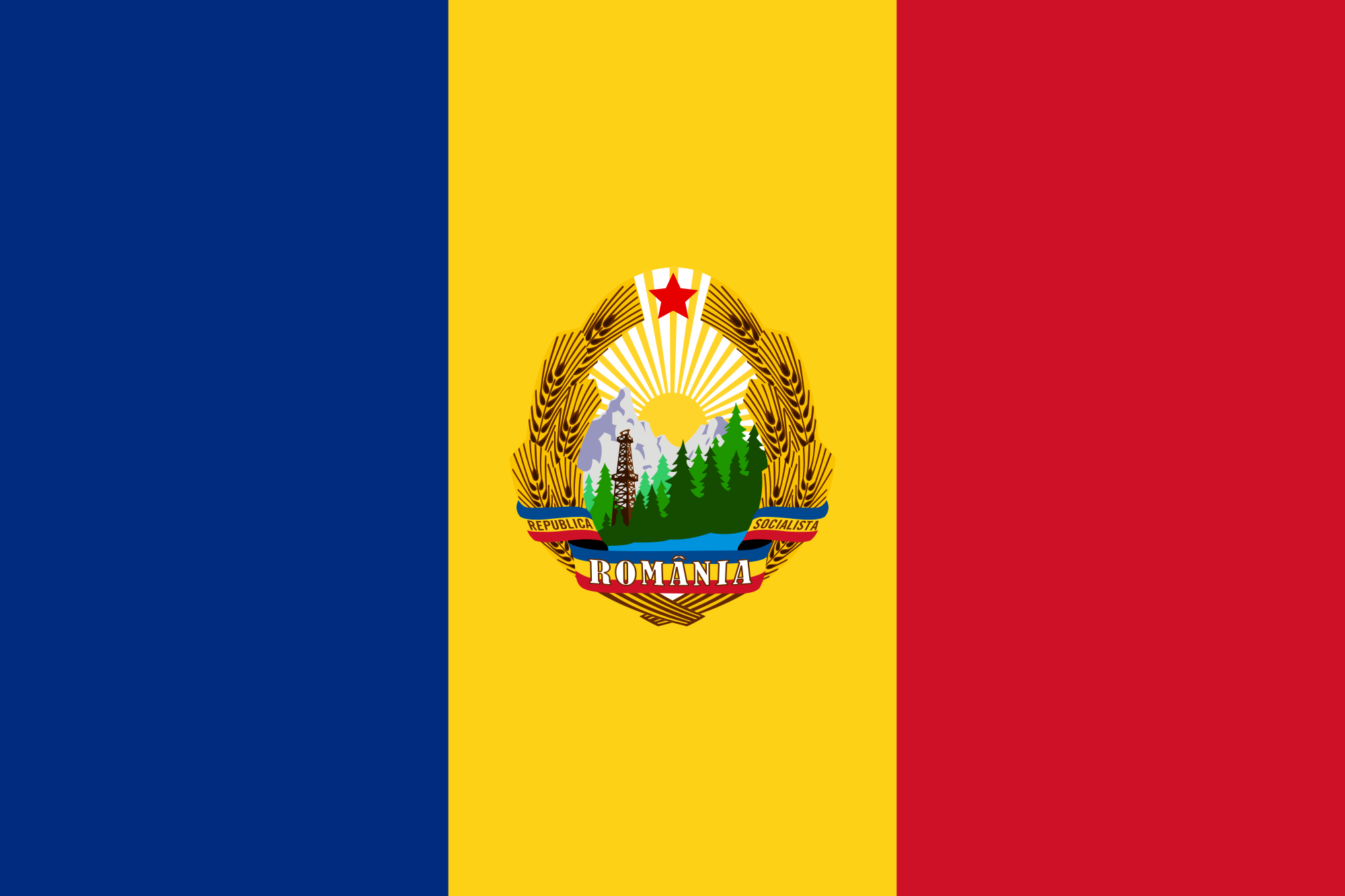Romania committed to maintaining regulatory framework for nuclear, radiation safety: IAEA
Romania also operates one dual core TRIGA Mark II research reactor which produces radioisotopes for industrial applications and is used for research and training.

An International Atomic Energy Agency (IAEA) team of experts said Romania is committed to maintaining and strengthening its regulatory framework for nuclear and radiation safety. The team commended the Romanian authorities for their effective preparations for the future deployment of small modular reactors (SMRs) while recommending improving the coordination amongst Government agencies concerned with radiation source facilities and activities.
The Integrated Regulatory Review Service (IRRS) team concluded the twelve day mission to Romania today. The mission was conducted at the request of the Government of Romania and hosted by the National Commission for Nuclear Activities Control (CNCAN), the national regulatory authority for the safety and security of nuclear facilities and activities.
Using IAEA safety standards and international good practices, IRRS missions are designed to strengthen the effectiveness of the national regulatory infrastructure while recognizing the responsibility of each country to ensure nuclear and radiation safety.
The 20 member team, comprised of 16 senior regulatory experts from 15 countries, as well as three IAEA staff members and one observer from the European Commission, reviewed facilities and activities regulated by CNCAN. The review included meetings and visits at nuclear and radiation sources facilities, where team members could observe the conduct of regulatory inspections.
Romania operates two 720 megawatts electric (MW(e)) pressurized heavy water reactors at the Cernavoda Nuclear Power Plant, providing around 20% of the country’s electricity production. Fuel for the reactors is produced domestically. Preparations for constructing two more 720 MW(e) units at Cernavoda and a 462 MW(e) small modular reactor power plant at Doicești are underway.
Romania also operates one dual core TRIGA Mark II research reactor which produces radioisotopes for industrial applications and is used for research and training. Another research reactor has been decommissioned and a zero-power research reactor is in safe shut-down. The country will host a demonstrative lead-cooled fast reactor for the development of a Generation-IV Lead-cooled Fast Reactor technology. In addition, medical and industrial applications of radioactive sources are widely used. Romania operates one waste disposal facility and plans to build two more, including one deep geological repository.
The mission marks the start of the third IRRS mission cycle to Romania after previous missions in 2006 and 2011. This latest mission is a full-scope mission and covered all the country’s facilities and activities.
“Romania has a comprehensive and mature regulatory infrastructure for nuclear safety. CNCANs challenge will be to prepare itself for the expected expansion of Romania’s nuclear power programme,” said IRRS team leader Peter Elder, Vice-President of Technical Support with the Canadian Nuclear Safety Commission (CNSC). “We recommend that Romania further improves its radiation protection framework, especially in the medical sector.”
During the mission, the team conducted interviews with management and staff from CNCAN, the Ministry of Health, nuclear and radiation facilities, and a representative of the Government. The team also accompanied CNCAN staff during their inspection and oversight activities at regulated facilities.
The mission identified several good performances, including:
The performance, during a CNCAN inspection, of an on-the spot written test for the authorized staff dedicated to radiation safety and emergency preparedness.
The development of a detailed cooperation protocol between CNCAN and the Romanian customs authority to ensure the safe inspection of radioactive packages.
The prompt update of the regulation for reactors and installations with multiple modules, after the signature of a memorandum of understanding between CNCAN and NuScale power, to evaluate small modular reactors.
The systematic and holistic approach of CNCAN to address the interface of safety and security in its regulatory oversight programme for NPPs.
“We would like to thank the IRRS team and Romanian counterparts for their intensive work during the last two weeks. The IRRS mission confirms our commitment for continuous improvement of nuclear and radiation safety. CNCAN will use the outcomes of the mission to update its action plan to strengthen the regulatory capabilities and national infrastructure for safety,” said Cantemir Ciurea-Ercau, President CNCAN.
The IRRS team recognized Romania’s inclusion of medical exposure oversight in the scope of this mission as a sign of openness, transparency, and commitment to continuous improvement for safety.
However, the team said that one of the country’s key challenges was better defining and coordinating radiation protection roles and responsibilities between CNCAN and the Ministry of Health, which both deal with radiation source facilities and activities.
The other main challenge was for the Government to ensure adequate resources for CNCAN, while CNCAN should assess its organizational structure and develop a comprehensive human resource plan to manage available resources efficiently.
The IRRS team identified several recommendations and suggestions, including:
CNCAN should implement its systematic training programme including inspector qualification and enhance its inspection programme to be used in the planning and conduct of inspections, in accordance with a graded approach.
The Ministry of Health should revise and implement the regulatory requirements on radiation protection, including justification of practices, dose constraints for the public exposure and consumer products provision consistent with IAEA safety standards.
The final mission report will be provided to the Government in about three months. Romania plans to make the report public.
IAEA Safety Standards
The IAEA Safety Standards provide a robust framework of fundamental principles, requirements, and guidance to ensure safety. They reflect an international consensus and serve as a global reference for protecting people and the environment from the harmful effects of ionizing radiation.










